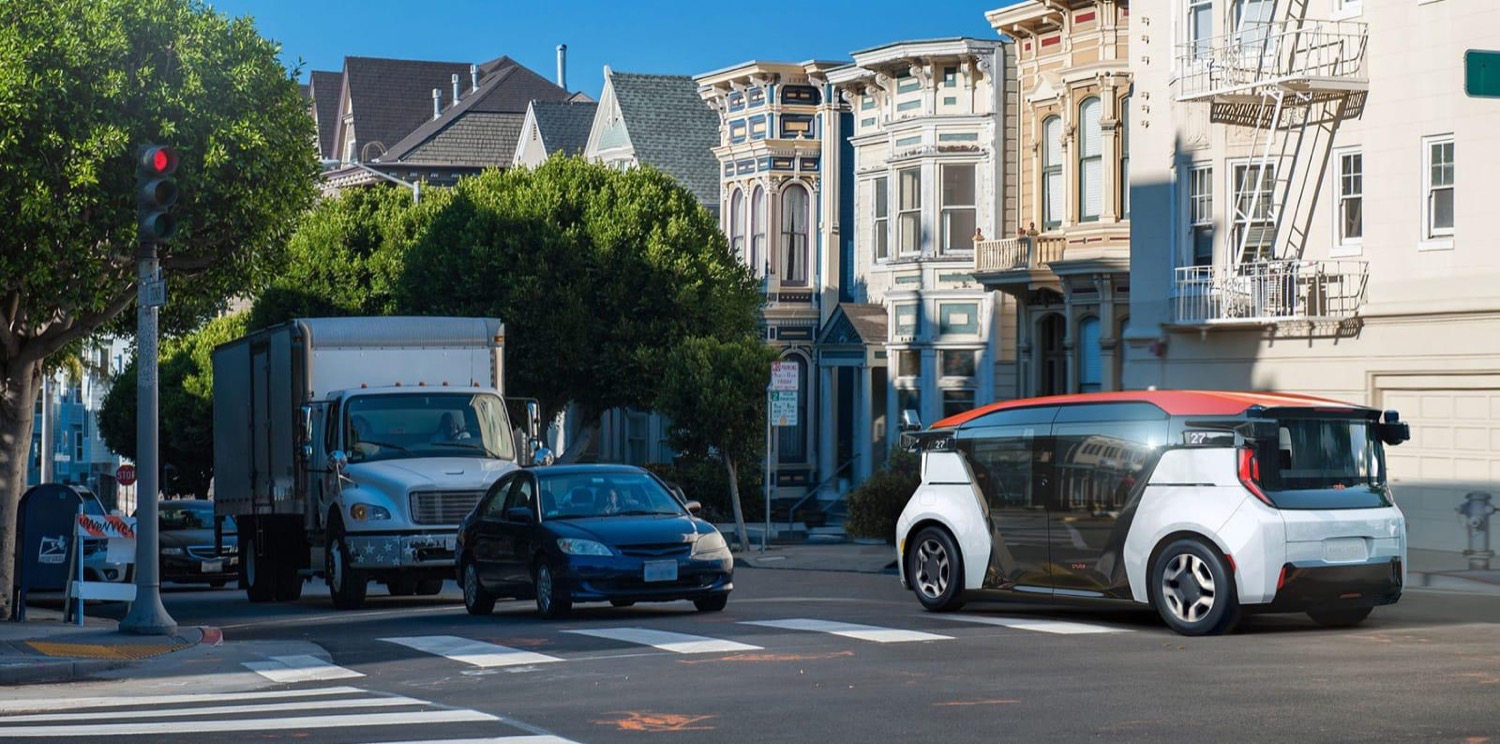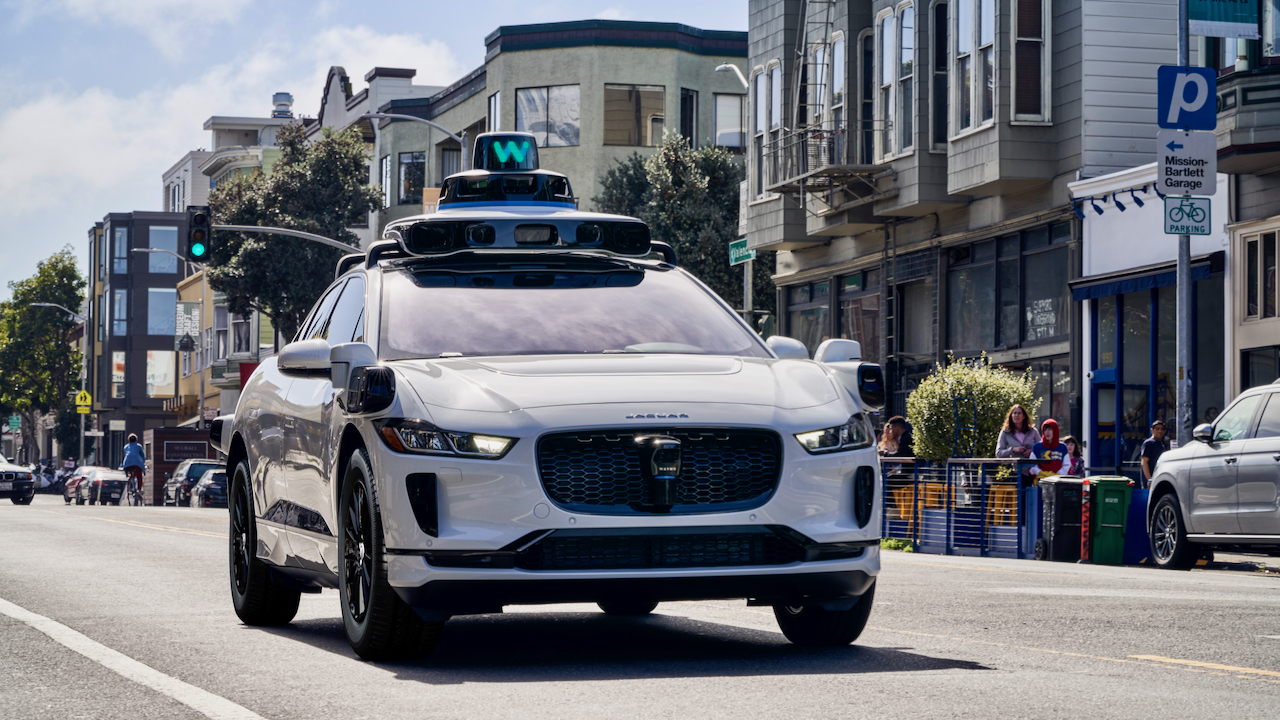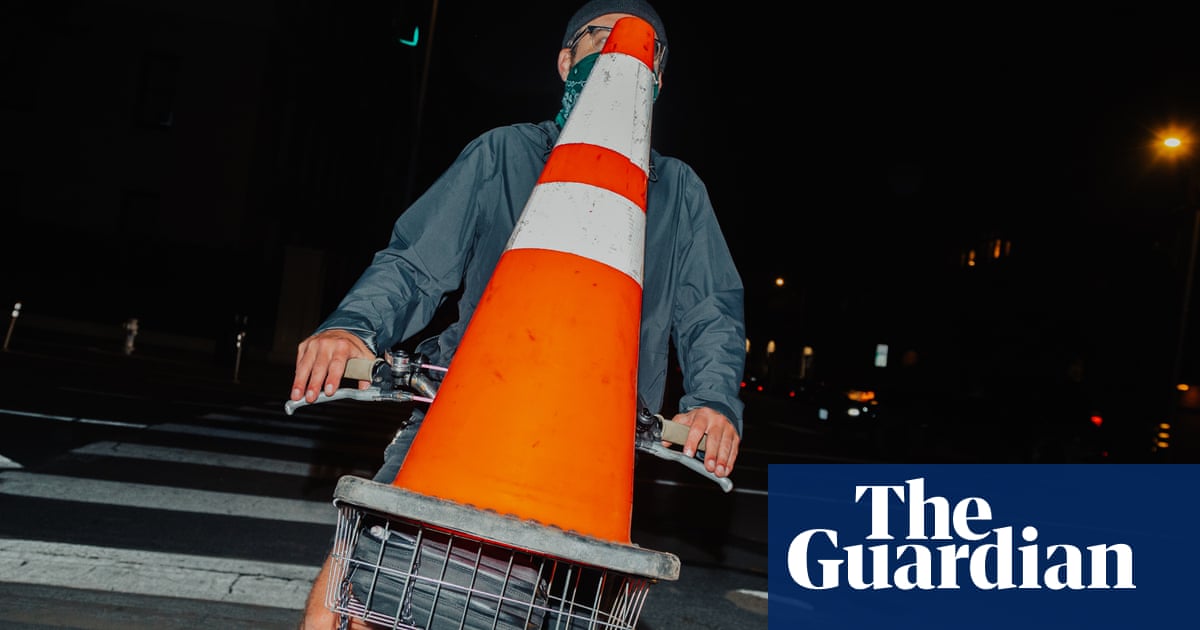Yes, good question. So on the San Francisco side, so right now, as I said earlier, a significant portion of our fleet is operating 24x7, and that service is open to employees. So we are not far from opening that up to the general public. I can't give specific dates. But basically, we're operating that service to employees. Things are looking pretty good. So that is coming pretty soon.
And as for what it would take to blanket a city like San Francisco, our goal is, as I think I said on previous calls is to make sure that we ramp up manufacturing capacity. We've got a variety of markets to absorb those vehicles. And there are practical reasons to ramp up gradually in the city, just to make sure it acclimates as it's transitioning to a new form of mobility.
So it's not our intention just to sort of vehicles and sort of direct them all into a single city. That's our perspective. There's over 10,000 human ride hill drivers in San Francisco, potentially much more than that, depending on how you count it. Those drivers, of course, aren't working 20 hours a day like a robotaxi could. So it does not make a very high number to generate significant revenue in a city like San Francisco. But certainly, there's capacity to absorb several thousand per city at minimum.





